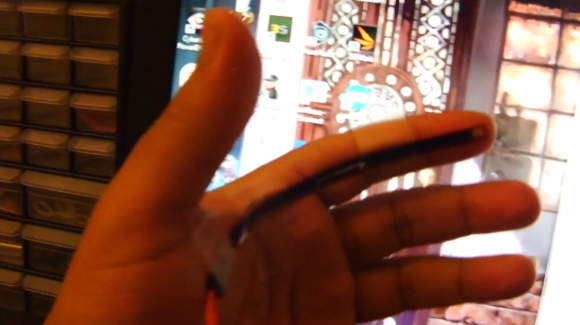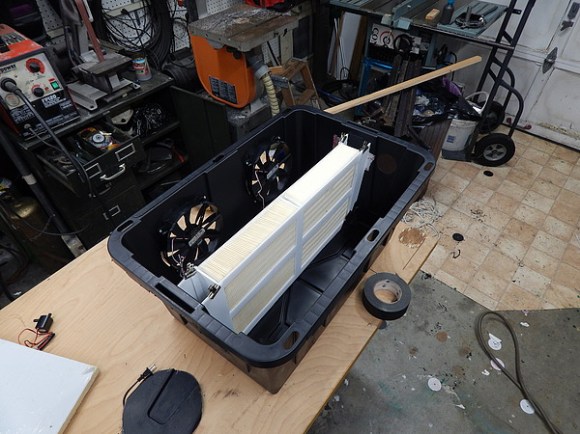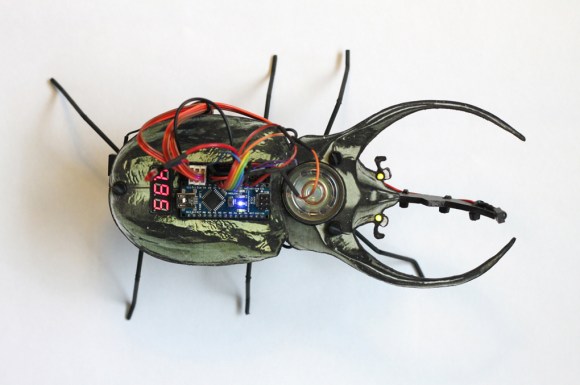
Aiming to be the leader in Virtual Reality horror experiences is the immersive VR haunted house in Seattle called ‘The Nightmare Machine’ which promises to be one of the most terrifying events this Halloween. But they need some assistance raising money to achieve the type of scale on a large public level that the project is attempting. The goal is $70,000 within a 30 day period which is quite the challenge, and the team will need to hustle every single day in order to accomplish it.
Yet the focus of the project looks good though, which is to lower the massive barriers of entry in VR that are associated with high hardware costs and provide people with a terrifying 5 minutes of nightmare-inducing experiences. This type of fidelity and range is usually only seen in military research facilities and university labs, like the MxR Lab at USC. And, their custom-built head mounted displays bring out this technology into the reach of the public ready to scare the pants off of anyone willing to put on the VR goggles.
The headsets are completely wireless, multi-player and contain immersive binaural audio inside. A motion sensing system has also been integrated that can track movements of the users within hundreds of square feet. Their platform is a combination of custom in-house and 3rd party hardware along with a slick software framework. The technology looks amazing, and the prizes given out through the Kickstarter are cool too! For example, anyone who puts in $175 or more gets to have their head 3D scanned and inserted into the Nightmare Machine. The rest of the prices include tickets to the October showcase where demos of the VR experience will be shown.
Continue reading “VRcade’s The Nightmare Machine (Kickstarter Campaign)”















